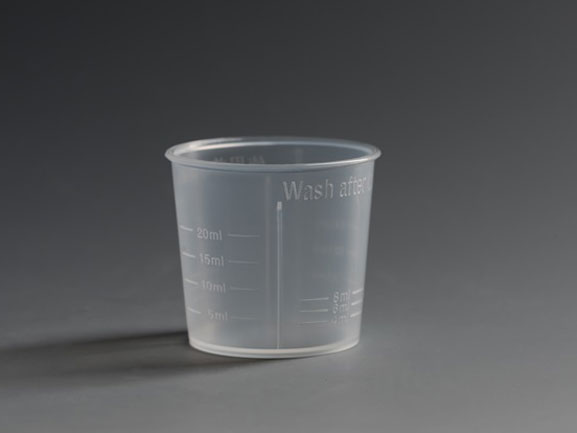When it comes to administering acetaminophen suspension drops to children, accuracy and ease of use are essential. Acetaminophen is a commonly used over-the-counter medication to relieve fever and pain, especially in young children, but improper dosing can lead to underdosing (ineffective treatment) or overdosing (potential toxicity). Two common tools for measuring and delivering liquid medications are dosing cups and oral dosing syringes. Let's explore the benefits, drawbacks, and best practices for each when it comes to acetaminophen suspension drops.
What Are Acetaminophen Suspension Drops?
Acetaminophen suspension drops are a concentrated liquid form of the medication. They are often prescribed for infants and young children because they are easy to swallow and can be accurately dosed according to a child's weight and age. Proper dosing is crucial since the drops are more concentrated than standard liquid acetaminophen formulations.
When to Choose a Dosing Cup vs. an Oral Dosing Syringe
Selecting the right tool for administering acetaminophen suspension drops—or any liquid medication—depends on factors like the patient’s age, the required dosage, and ease of use. Here's a breakdown of when to use a dosing cup and when an oral dosing syringe is the better choice:
When to Use a Dosing Cup
For Older Children and Adults
Reason: Older children and adults can drink directly from a cup without assistance.

dosing cup 20ml
When to Use an Oral Dosing Syringe
For Infants and Toddlers
Reason: Infants and young children cannot drink from a cup, and syringes allow for slow, controlled administration.
Bottom Line
Use oral dosing syringes for precision, small doses, and younger patients.
Opt for dosing cups for larger doses or when administering to cooperative, older children and adults.
Choosing the right tool ensures safe and effective medication delivery, tailored to the specific needs of the patient.
Copyright © Shijiazhuang Xinfuda Medical Packaging Co., Ltd. All Rights
MAKE AN ENQUIRY